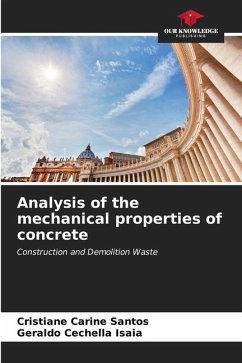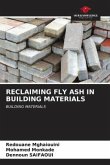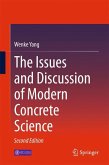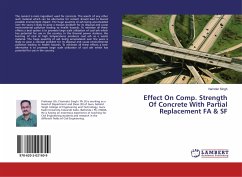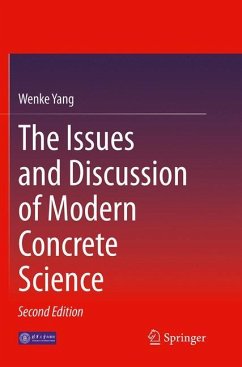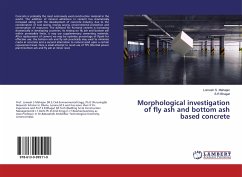With the increasing consumption of natural resources worldwide, there are major environmental concerns. This research aims to analyze concrete mixtures with residual construction and demolition aggregate (RCD) through axial compressive strength tests. The concretes studied were molded with the replacement of two levels of residual aggregate, cement was also partially replaced by two types of pozzolan in binary and ternary mixtures, in which 25% of cement was replaced by rice husk ash (CCA) and 25% by fly ash (CV) for the binary mixtures, while for the ternary mixtures the replacement levels were (15+10)% (CCA+CV). For the axial compressive strength tests, cylindrical specimens measuring 10x20cm were molded and cured in a humid chamber for a period of 28 days. The results showed that in relation to the reference mix (without substitutions), the concrete with pozzolans, both in binary and ternary mixes, obtained axial compressive strengths very close to the reference, while the mixes molded with substitutions of aggregates only resulted in axial compressive strengths very close to the reference.
Bitte wählen Sie Ihr Anliegen aus.
Rechnungen
Retourenschein anfordern
Bestellstatus
Storno

